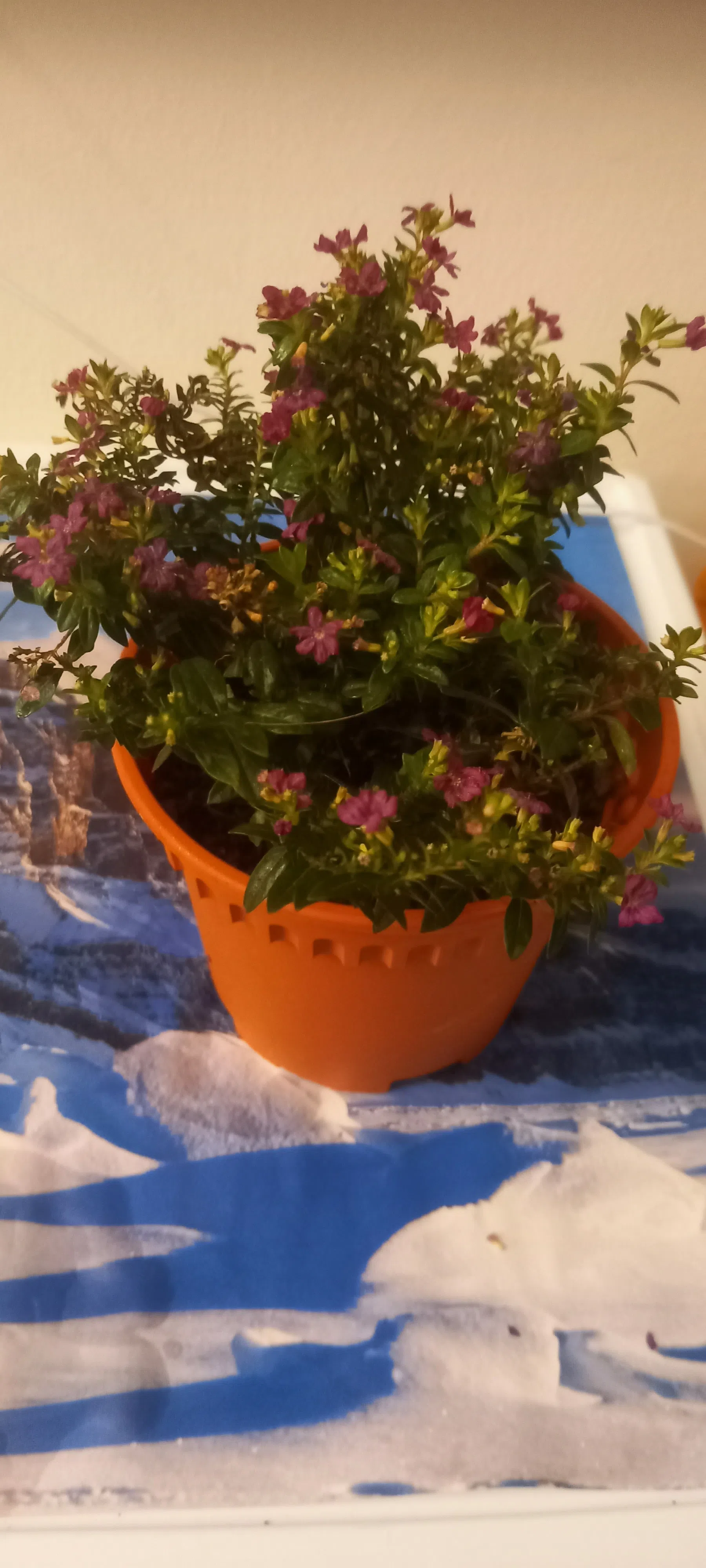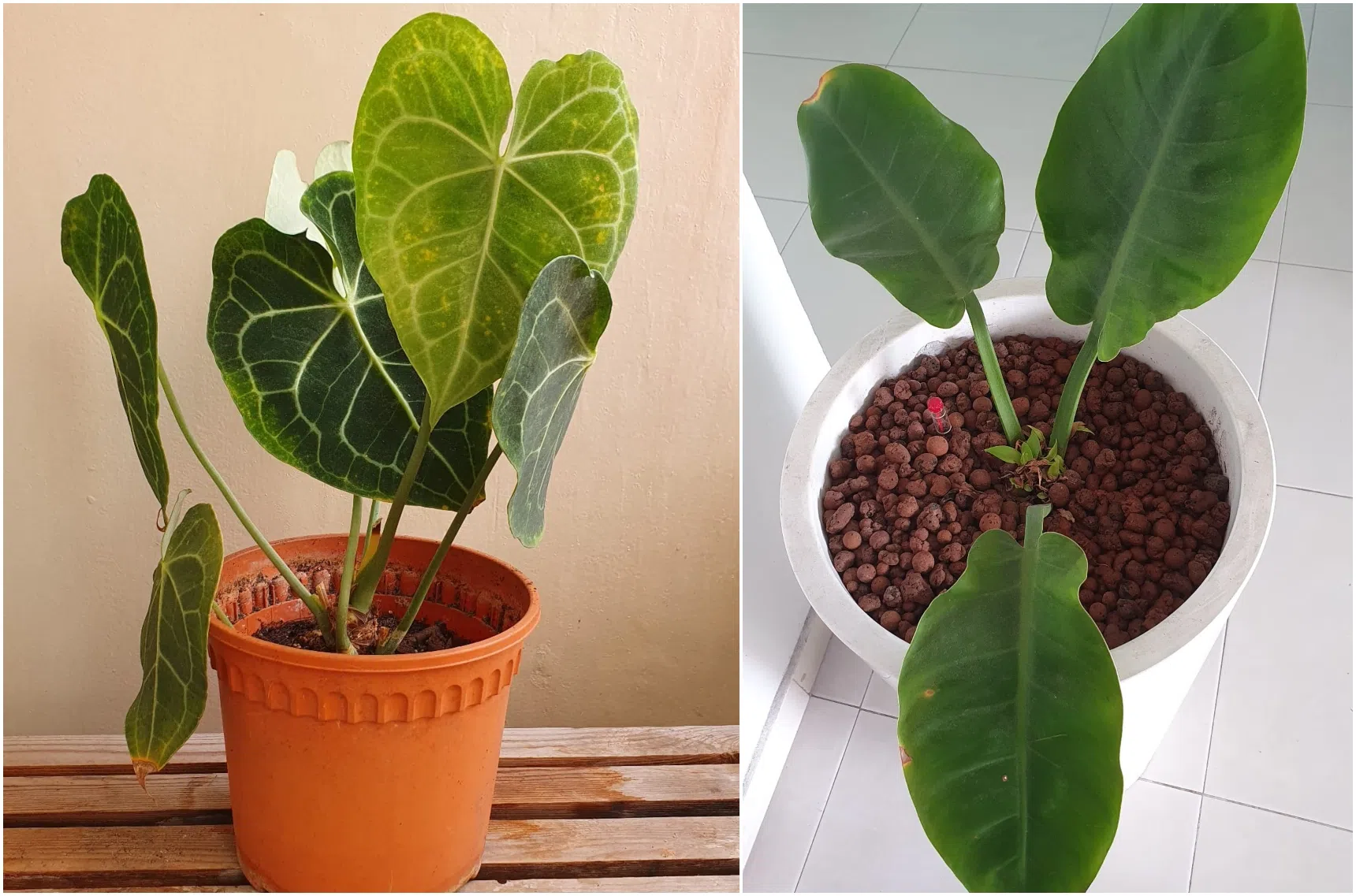Root Awakening: Surinam Purslane is a leafy vegetable
Sign up now: Get ST's newsletters delivered to your inbox

The young leaves and shoots of this plant are edible.
PHOTO: HO SWEET FAR
Wilson Wong
Follow topic:
Plant is Surinam Purslane
What is this plant? Is it edible?
Ho Sweet Far
This plant is commonly known as Surinam Purslane or Waterleaf, and botanically as Talinum triangulare. Its young leaves and shoots are edible.
The plant can grow under semi-shade and requires well-draining soil. It is easily propagated via stem cuttings.
False Heather needs direct sunlight

This plant is also known as Hawaiian Heather and Elfin Plant.
PHOTO: LIM TIAN SAN
This plant has tiny leaves and flowers, though it is growing in a sheltered area. What plant is it?
Lim Tian San
The plant is botanically known as Cuphea hyssopifolia. Its common names include False Heather, Hawaiian Heather and Elfin Plant. It is best grown outdoors under full sun, and a lack of light will cause it to become leggy and sparse.
Brown patches could be due to fungal disease and nutrient toxicity

The Anthurium cultivar (left) and Philodendron cultivar.
PHOTOS: JANIS TAN
Please advise why my plants’ leaves have brown tips. Plant 1 (on the shelf) is exposed to bright shade at the balcony and its new leaves are light green with yellow spots, while Plant 2 (in the white pot) is indoors. Both are watered with a mix of orange-peel enzyme and water, and fertilised fortnightly.
Janis Tan
Plant 1 is an Anthurium cultivar. The yellow spots could be a sign of fungal disease, which can occur if a plant is grown in a site that has poor air circulation.
Position the plant in an airy location where it can get filtered sunlight for four to six hours daily, and where slight air movement will keep the leaves dry.
Alternatively, check if the plant is infested with spider mites, which are small, sap-sucking pests that cause numerous yellow spots to appear. These can be washed away with a jet of water or sprayed with the pesticide abamectin.
Plant 2 is a Philodendron cultivar. Note that the build-up of certain nutrients in the reservoir of your hydroculture pot can cause your leaf tips to burn. Flush out the nutrient solution periodically to reduce the likelihood of this occurring.
Lady Palm is a common local species

The Lady Palm needs at least six hours of filtered sunlight a day.
PHOTO: JEFF LAU
I recently came into possession of this plant, which is about 1.5m tall. I keep it in the corridor. What is it and how do I care for it?
Jeff Lau
Your plant is commonly known as the Lady Palm. Its botanical name is Rhapis excelsa. It looks healthy, save for a few brown leaf tips.
Grow it in a site which gets filtered sunlight for at least six hours a day and in a well-draining potting mix. Make sure the mix is moist and do not over-fertilise the plant, as the build-up of salts in the root zone can lead to health issues.
The plant may need a bigger pot in the future. With time, it may produce roots that will fill the entire pot and you will be unable to remove it without breaking the container.
Vine is likely passionfruit

Passionfruit vines can grow quite long and will need a large trellis structure for climbing.
PHOTO: ANNA ONG
This creeping plant appeared in one of my pots out of the blue. Its leaves are soft. I had it transplanted to a bigger pot with a supporting structure for it to climb on. What plant is it?
Anna Ong
Based on the picture, you have a passionfruit vine. These can grow quite long, so you will need a larger pot – with a diameter and depth of at least 60cm – and a bigger trellis structure for it to climb on. It needs at least six hours of direct sunlight a day.
Answers by Dr Wilson Wong, an NParks-certified practising horticulturist and parks manager. He is the founder of Green Culture Singapore and an adjunct assistant professor (Food Science & Technology) at the National University of Singapore.
Have a gardening query? E-mail it with clear, high-resolution pictures of at least 1MB, if any, and your full name to . We reserve the right to edit and reject questions.
Learn how to grow orchids at the Asia Pacific Orchid Conference, organised by the National Parks Board and the Orchid Society of South East Asia, from Aug 16 to 20, 10am to 9pm, at Hall 2 Singapore Expo. Get tickets at
go.gov.sg/apoc14

